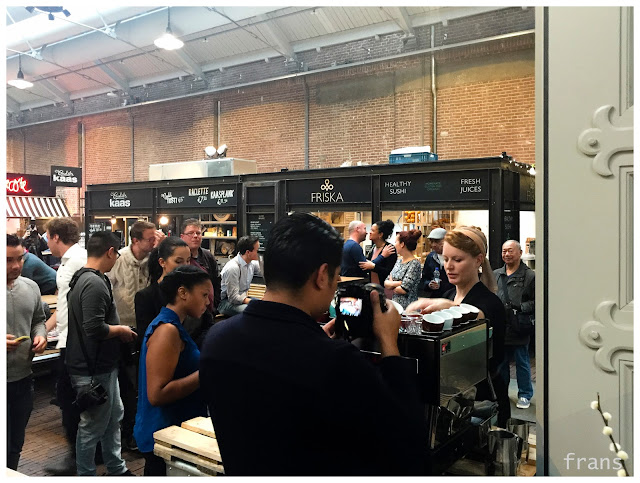Switch for line pressure booster
My local line pressure is about 2 bar but during pre-infusion, a few seconds of 3 bar line pressure is more ideal so my plumber installed a Grundfos device that quietly adds nearly one bar of line pressure to the system (water filter, pressure/flow regulator, LONDINIUM L1-P espresso machine. Tije made me a nice push button switch to temporarily power up the Grundfos. Releasing the button stops the device, so it can't be accidentally powered continuously and/or overheat. Vimeo version: Grundfos line pressure device from Frans Goddijn on Vimeo .




